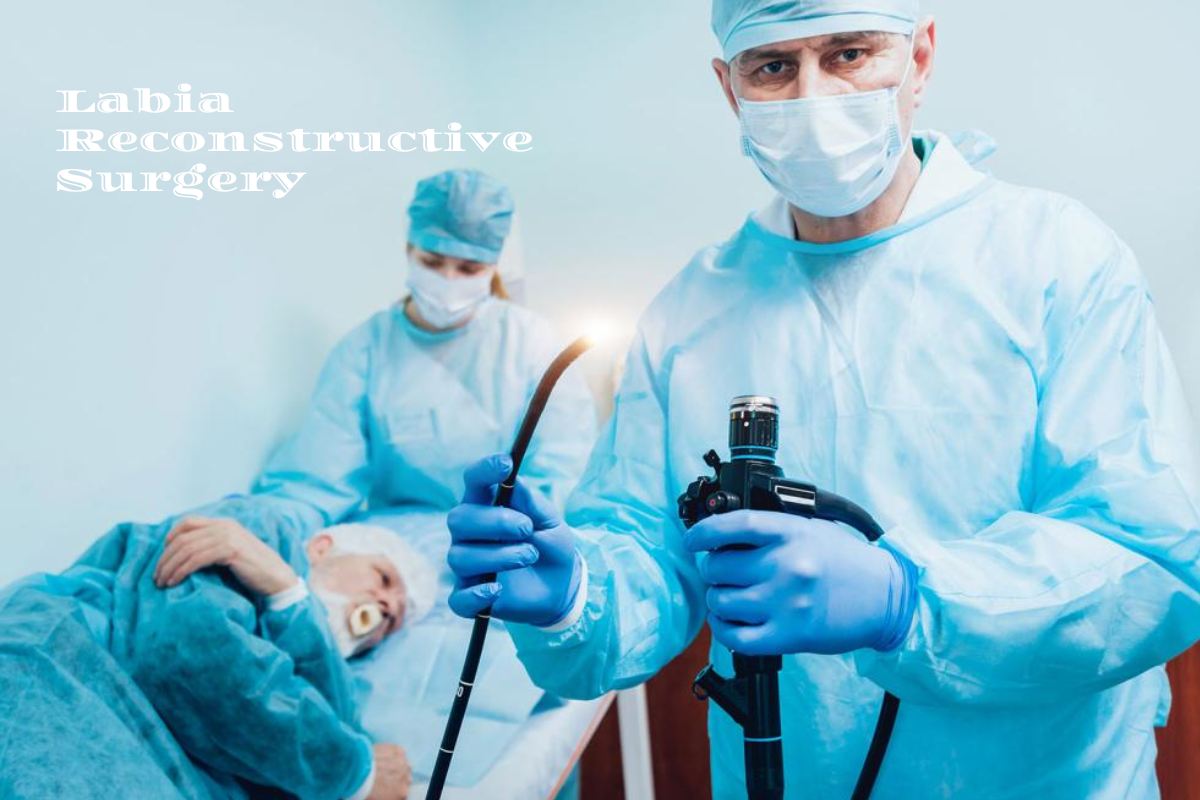Labia reconstructive surgery, also known as labiaplasty, is the 15th most popular cosmetic surgery procedure. It involves reducing the size of or reconstructing the labia, the set of skin folds around the vagina’s opening. This alters your genitalia’s size and appearance.
Besides aesthetics, there are several other practical reasons for undergoing labiaplasty. Here is an overview of the main reasons for labia reconstructive surgery.
Table of Contents
Cosmetic & Emotional Reasons
Labiaplasty is primarily cosmetic in nature because the procedure alters the appearance of your labia. Unfortunately, your vagina may not appear perfect to you for various reasons, including:
- Asymmetry – Uneven shape of the labia minora and labia majora, whereby one side is longer or bigger than the other.
- Bulges – The labia may appear to bulge under your clothes if the labia majora are too big, a condition commonly known as camel toe.
Aesthetic problems with your labia can cause emotional distress characterized by negative feelings such as anxiety and a lack of self-confidence. For example, most women with the so-called camel toe prefer not wearing tight clothes such as yoga pants because they are self-conscious about their appearance. Such cosmetic issues also make women anxious during intimate contact with their sexual partners.
Medical & Physical Reasons
Labiaplasty is not all about appearance. Here is an impression of several of the more practical medical, physical, and emotional reasons for undergoing this procedure:
Size Adjustment
Oversized labia can protrude through tight clothing, causing bulging and visual lines commonly known as camel toe. However, besides the aesthetic aspect of this problem, the excess labial tissue can also turn, twist, and get tugged or pinched when engaging in physical activities such as exercising, having sex, riding a bicycle, or simply walking.
These issues can cause discomfort, irritation, and pain. Fortunately, reducing the labia’s size via labiaplasty helps solve this problem.
Health & Hygiene
Oversized labia usually contain small folds and crevices in the excess skin tissue. These folds are usually difficult to clean and cleanse because of the excess skin. They can harbor bacteria, creating an unhygienic environment that can cause bacterial infections such as yeast and UTIs. Fortunately, labiaplasty removes the excess skin, thus eliminating the folds and making the vagina easier to clean.
Gender-Affirming Surgery
Gender-affirming surgery is done to change your biological gender to suit your self-identified gender, such as from male to female. Males looking to transition to females undergo labiaplasty to develop a vagina.
A labia reconstructive surgeon reconstructs the penis’ tissue to form a vagina, complete with the labia. Besides the aesthetic benefits, it is worth noting that this procedure also helps overcome the distress caused by gender dysphoria.
Do You Need Labiaplasty?
Labiaplasty has cosmetic, medical, and practical benefits and purposes. Ultimately, it is advisable to consult a doctor or surgeon if you are interested in undergoing this procedure. The doctor will help you make an informed decision by discussing your reasons for the procedure and advising you accordingly about what to expect.
FAQs
Q: Is labiaplasty medically necessary?
A: Labiaplasty is mainly categorized as cosmetic and elective surgery. However, it is medically necessary in some situations.
For example, excess labia skin can twist and tug on tight clothing, causing pain and discomfort and limiting your ability to engage in certain physical activities — overall, labiaplasty is necessary in cases where your health, comfort, and well-being are an issue.
Q: How long does labiaplasty take?
A: Labiaplasty is categorized as an outpatient procedure, meaning that it is relatively short. Essentially, you can undergo the treatment and go home on the same day.
The procedure usually takes between one and four hours, depending on the extent of reconstructive surgery required — this also partly depends on your surgeon’s skills and expertise. However, it is worth noting that revising a botched labiaplasty takes longer.
Q: What does the recovery process entail?
A: Recovering from labiaplasty can take anywhere between two and 12 weeks, depending on the extent of the surgery. It is sensible to do the following to facilitate and expedite the healing process:
- Keep your vagina clean to prevent infection.
- Avoid aggressive physical activities (such as exercising) throughout the healing period.
- Avoid sexual intercourse for about six weeks.
- And also, avoid using tampons (use sanitary towels instead) for several weeks.
- Wear loose clothing (including underwear) to avoid pressing against the vagina.
Overall, you only need about two weeks off work to complete the initial phases of recovery. However, it is significant to exercise caution when you return to work.
Q: What can you do about a botched labiaplasty?
A: Unfortunately, some surgeons can make errors when administering labiaplasty. Fortunately, it is possible to correct a botched labiaplasty, but the procedure usually takes longer and costs more. Ultimately, it is important to choose a reliable and accomplished surgeon to perform the original labiaplasty procedure without botching it.

